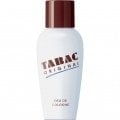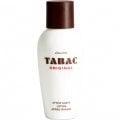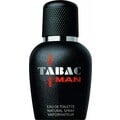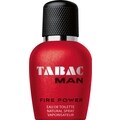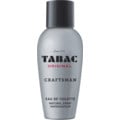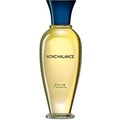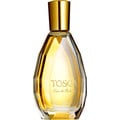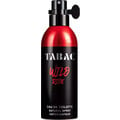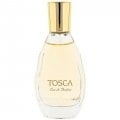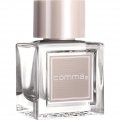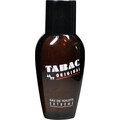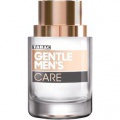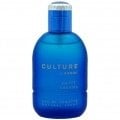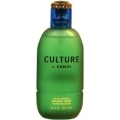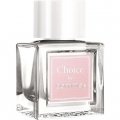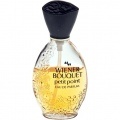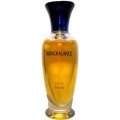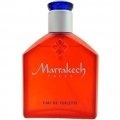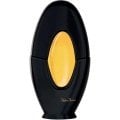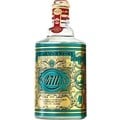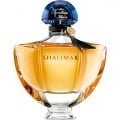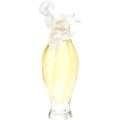04/12/2018

Ttfortwo
40 Reviews
Translated
Show original

Ttfortwo
Top Review
27
Tosca EdP and perfume - a little comparison
There are two old bottles of Tosca Extrait in my possession. Both liquids have taken on a dark amber color and run viscously from the bottle wall. The older of the two, presumably from the 50s, is only suitable as a showcase piece - the scent is fully tipped. The slightly younger one will probably be from the 60s, maybe the early 70s. The top note is unfortunately also tipped here, it has taken on an unpleasant sharp-tipped thin fuzzy cologne tone, which is worth weeding out, however, because from the heart note it is perfectly intact and rewards with opulent powdery spice and a powerful deep organ tone in the aftertaste for hours.
I also have the actual Eau de Parfum, which I'm pretty excited about: Dry-citrusy start with warm tempered aldehydes, then very quickly a seductive dry-warm powdery spice, really very dry and very warm. The heart notes are first supported, then later relieved by a sensual dark vanilla base. Great longevity, thunderous sillage - a stunner with an unmistakably classic signature, unsweet, opulent, stolidly dense and timelessly beautiful. I get not so rare compliments when I wear the EdP.
Nevertheless, I was curious and got myself a young edition of the perfume via Souk. A thanks to the dear A. at this point.
And lo: Again a new experience Tosca and again a beautiful.
The young Tosca extract starts again with what makes the high Tosca recognizability: the typical warm tempered aldehyde accord. The dried citrus peel splendor of the EdP also shows up, but much weaker. And where the EdP scores with powerful and dense powdery spice in the heart note, the perfume shows much more florals, the heart note is more floral, it's a bit more delicate and airy, also softer spiced. There's a delicate unsweet sweetness in the air, a hint only. This hint of powdery sweetness, it's something that completely escapes the EdP and also my Vintage Extrait. It's only in the transition to the base note that the EdP and perfume equalize again, and the soft dark vanilla ambra base seems completely the same to me.
The young Tosca perfume is similarly durable as the EdP and has - extrait-typically - a clearly restrained sillage.
It seems a little more modern. Is it more adapted? No, not that now, it is still a nostalgic Wummser (which I would prefer to wear in the evening), but a quite wonderful alternative to the EdP, because more restrained and also somewhat more elegant.
I also have the actual Eau de Parfum, which I'm pretty excited about: Dry-citrusy start with warm tempered aldehydes, then very quickly a seductive dry-warm powdery spice, really very dry and very warm. The heart notes are first supported, then later relieved by a sensual dark vanilla base. Great longevity, thunderous sillage - a stunner with an unmistakably classic signature, unsweet, opulent, stolidly dense and timelessly beautiful. I get not so rare compliments when I wear the EdP.
Nevertheless, I was curious and got myself a young edition of the perfume via Souk. A thanks to the dear A. at this point.
And lo: Again a new experience Tosca and again a beautiful.
The young Tosca extract starts again with what makes the high Tosca recognizability: the typical warm tempered aldehyde accord. The dried citrus peel splendor of the EdP also shows up, but much weaker. And where the EdP scores with powerful and dense powdery spice in the heart note, the perfume shows much more florals, the heart note is more floral, it's a bit more delicate and airy, also softer spiced. There's a delicate unsweet sweetness in the air, a hint only. This hint of powdery sweetness, it's something that completely escapes the EdP and also my Vintage Extrait. It's only in the transition to the base note that the EdP and perfume equalize again, and the soft dark vanilla ambra base seems completely the same to me.
The young Tosca perfume is similarly durable as the EdP and has - extrait-typically - a clearly restrained sillage.
It seems a little more modern. Is it more adapted? No, not that now, it is still a nostalgic Wummser (which I would prefer to wear in the evening), but a quite wonderful alternative to the EdP, because more restrained and also somewhat more elegant.
12 Comments

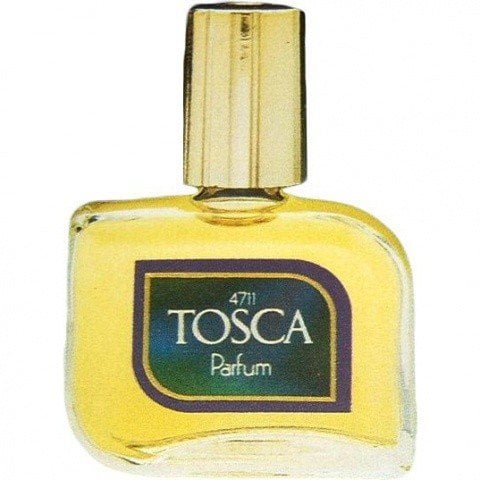


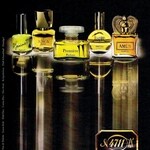
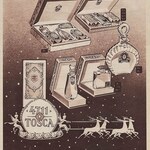
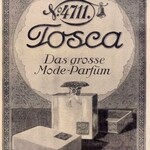
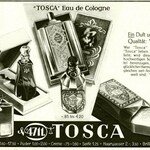
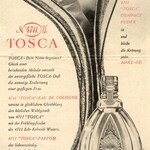
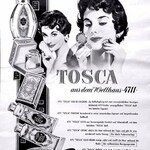
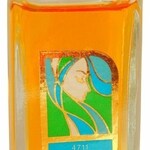
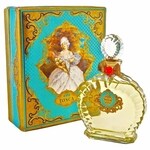
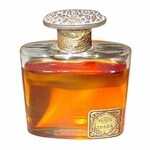
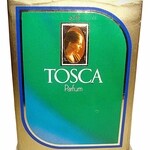
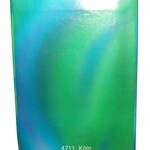
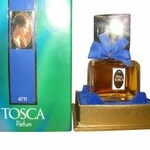
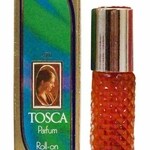
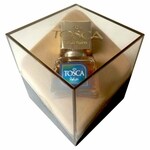
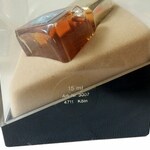
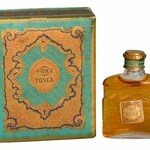
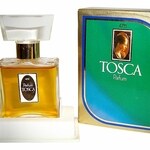
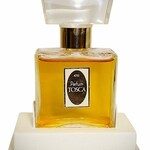
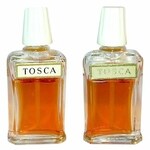
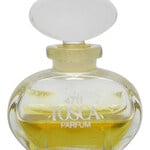
 Top Notes
Top Notes 




 Heart Notes
Heart Notes 




 Base Notes
Base Notes 



